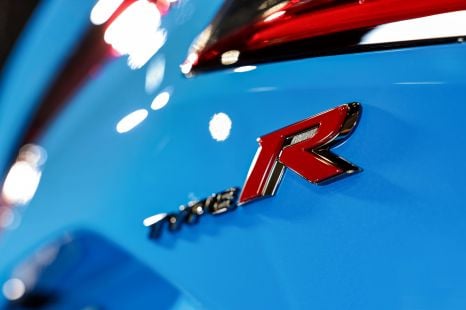

Damion Smy
Honda Prelude Type R ruled out... for now
7 Hours Ago
The Volkswagen Tiguan Life is all the mid-sized SUV you could ever need, but it's not necessarily a smart buy when you add the Luxury Pack.
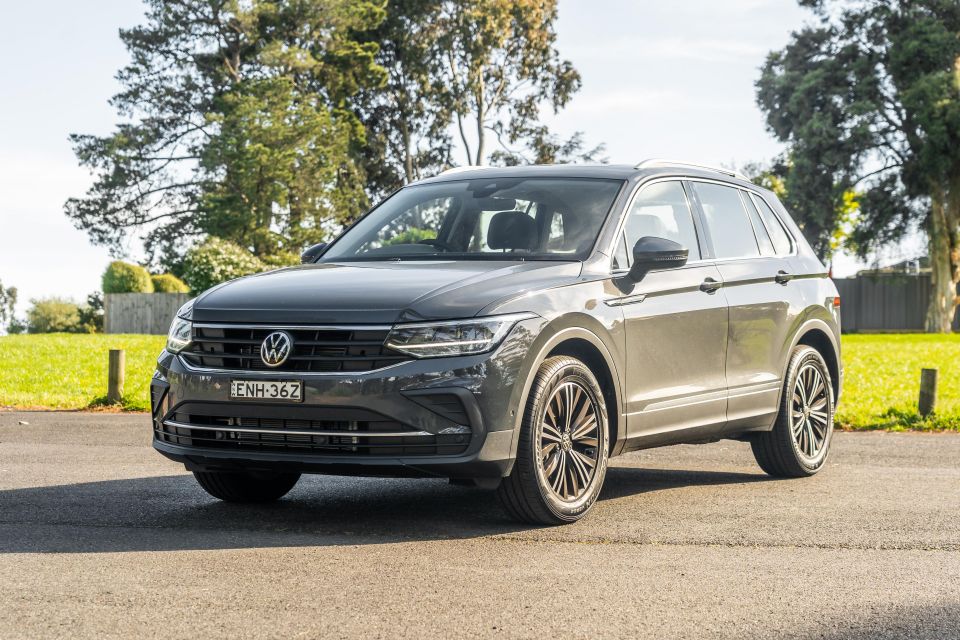


Contributor
New from
$43,690
excl. on-roads

Contributor
New from
$43,690
excl. on-roads


Contributor
New from
$43,690
excl. on-roads

Contributor
New from
$43,690
excl. on-roads
Quickly see how this car stacks up against its competition. Select any benchmark to see more details.
Where expert car reviews meet expert car buying – CarExpert gives you trusted advice, personalised service and real savings on your next new car.
With its square-edged, Germanic design and turbocharged engine line-up, the Volkswagen Tiguan has always been pitched as the mainstream market’s most premium mid-sized SUV.
A lot has changed since the current-generation model debuted Down Under in 2016, though.
Rivals have grown up and the mid-sized SUV market has exploded further in popularity; and Volkswagen has been fighting with one hand behind its back thanks to ongoing supply struggles.

The brand isn’t backing down from the fight, though. A recent facelift means the Tiguan now has a sharper look in keeping with that of the new Golf, a higher-tech interior, and four engines to choose from.
There’s no getting away from the price, though. No Tiguan is cheap, but our mid-range 132TSI Life with Luxury Package is priced in line with most rival flagships.
How does the mid-range Tiguan stack up alongside its cheaper 110TSI and pricier 162TSI siblings, and is that price a sticking point?
Pricing for the VW Tiguan 132TSI Life kicks off at $43,690 before on-road costs, but adding the Luxury Pack fitted to our tester bumps that up to $48,690 before on-roads.
Our tester, complete with $800 Dolphin Grey Metallic paint, had a recommended drive-away price of $55,053 based on a Victorian postcode.
Even with the option pack fitted, the 132TSI Life is the second-most affordable member of the six-strong range, which tops out at $55,290 before on-roads for the 147TDI R-Line.
There’s plenty of rivals for the Tiguan out there, led by the best-selling Toyota RAV4.
Optioned as it is, our Tiguan tester aligns neatly with the following:
All prices exclude on-road costs unless specified (D/A)
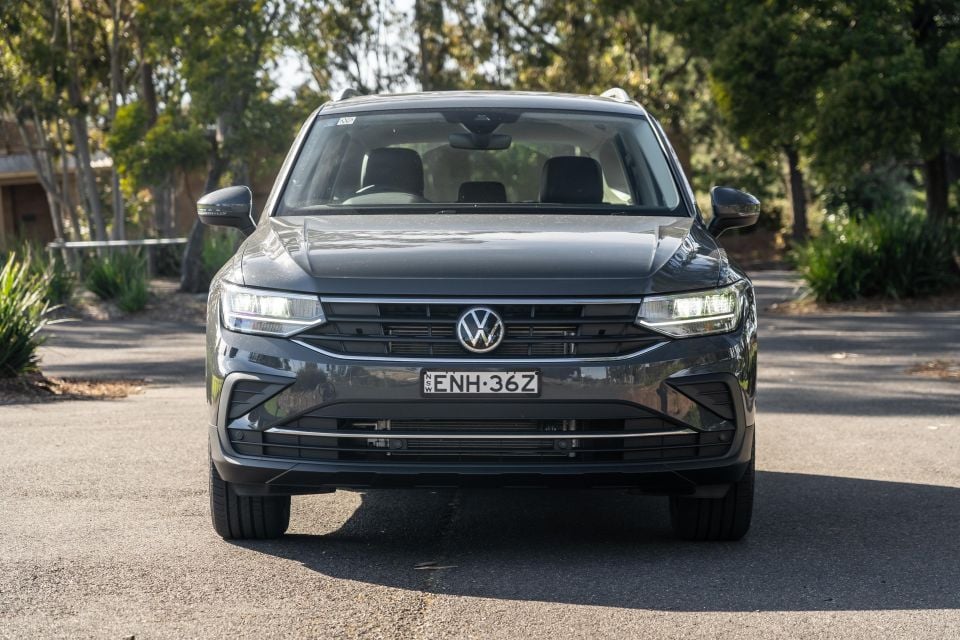
Buy your new car without the stress. It's fast, simple and completely free.

Great service from Travis and team, second time I have used this business would not hesitate to recommend them to anyone
Craig C.
Purchased a Ford Ranger in Sunshine Coast, QLD
CarExpert helped Craig save thousands on his Ford Ranger, now let us save you on your next new car.
Find a dealStandard equipment in the Tiguan Life includes:
The Luxury Package ($5000) adds:
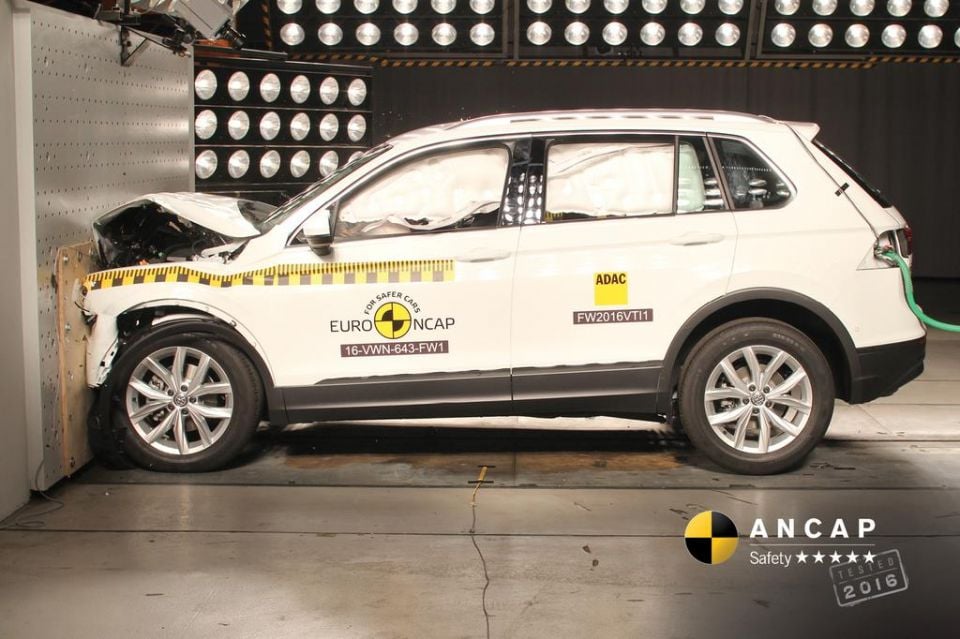
The Volkswagen Tiguan wears a five-star ANCAP rating based on testing carried out in 2016 on the pre-facelift model.
The Tiguan scored 96 per cent for adult occupant protection, 80 per cent for child occupant protection, 68 per cent for vulnerable road user protection, and 68 per cent for safety assist.
Standard safety equipment includes:
There’s also seven airbags scattered throughout the cabin, including dual front, front side, side curtain and driver’s knee inflators.
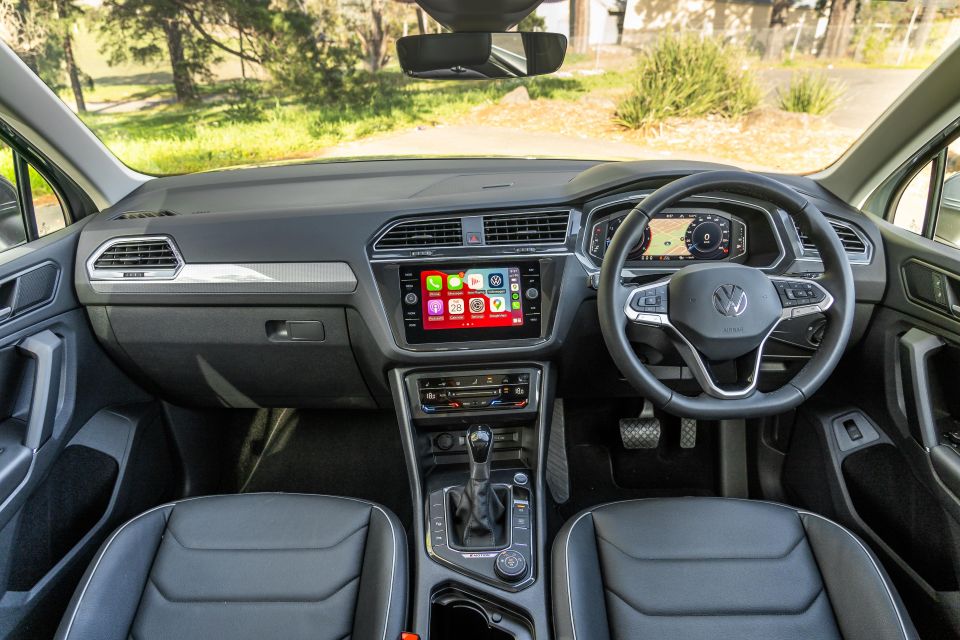
The Tiguan might have been treated to a pretty substantial upgrade outside, but the changes in the cabin are more subtle.
Stepping into a Tiguan after hopping out of the Mk8 Golf feels like winding back the clock to a simpler time.
Proper climate controls? They’re in their own little pod below the dash. Sure, they’re now glossy capacitive controls, but you can use them without losing the information that’s on the touchscreen.
There’s even volume and tuning dials to the left and right of the display.
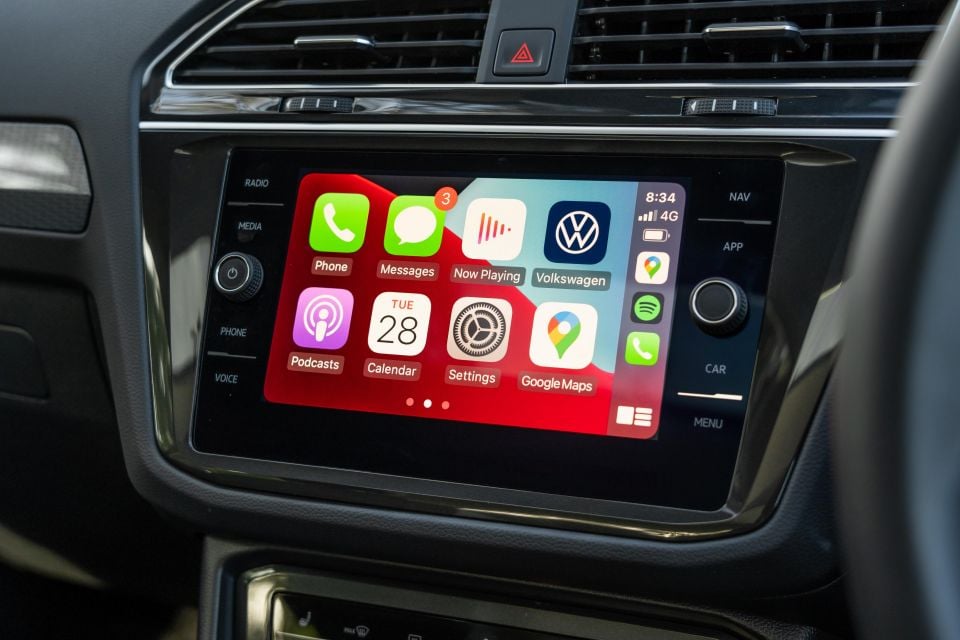
There is a trade-off, though. The 8.0-inch touchscreen looks small compared to the panoramic displays in some rivals, and its graphics are a bit blocky compared to what we know the Volkswagen Group can do.
The lack of DAB digital radio remains hard to explain, especially given it features in Audi and Skoda cars, and it’s hard to understand why Volkswagen forces you to manually send a map from the central screen to the digital instruments instead of just mirroring it.
Realistically though, the dials in the Tiguan are still excellent, and Volkswagen deserves credit for making a quality digital setup standard. Mapping quirks aside, they remain some of the best in the business.
Traditional Volkswagen strengths are obvious here. The driving position is great for most body shapes, and sits you high enough to feel like you’re driving a proper SUV rather than a hatch on stilts.
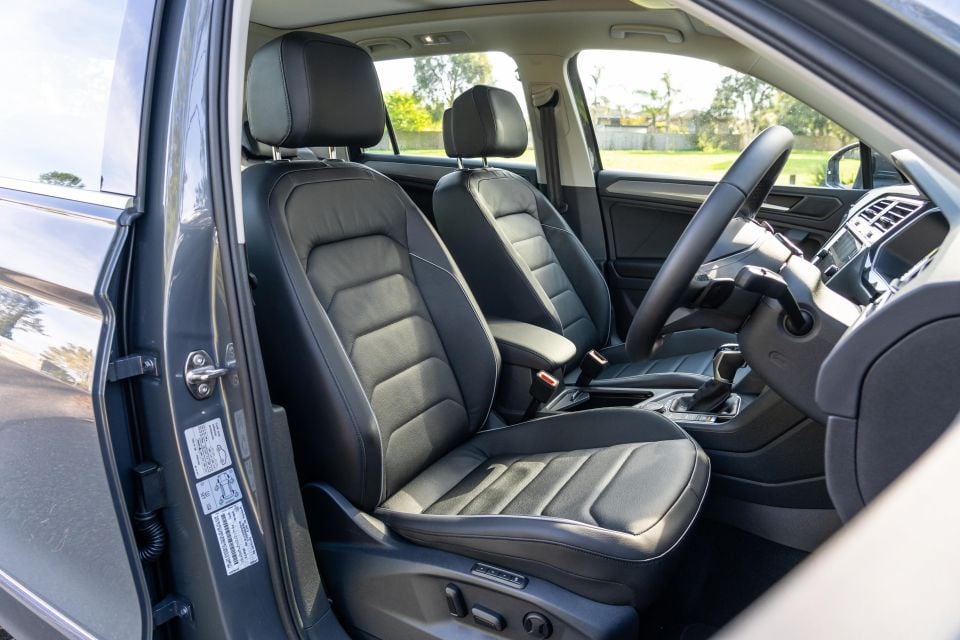
The leather-wrapped steering wheel feels high-quality, and it has proper buttons rather than the capacitive gloss black pads of the R-Line. All the major parts you touch feel soft and expensive, although there are some hard plastics hidden lower down in the cabin.
It’s expensive ($2000, or part of the Luxury Pack) but the panoramic sunroof lifts the otherwise slightly gloomy interior without slashing the available headroom for tall drivers. Unlike the tiny portholes some brands fit, it’s absolutely massive.
Storage space is generous up front, from the felt-lined door bins to the versatile central bin – complete with a sliding cover and two cupholders.
Volkswagen has subbed the USB-A ports for USB-C units as part of its mid-life update, but there’s no wireless phone charging in the Life.
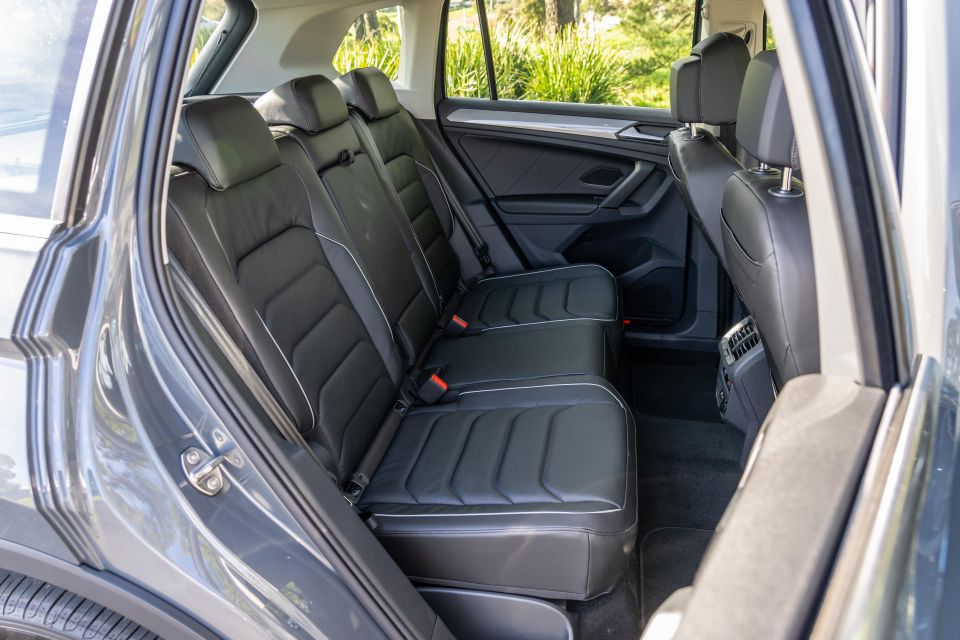
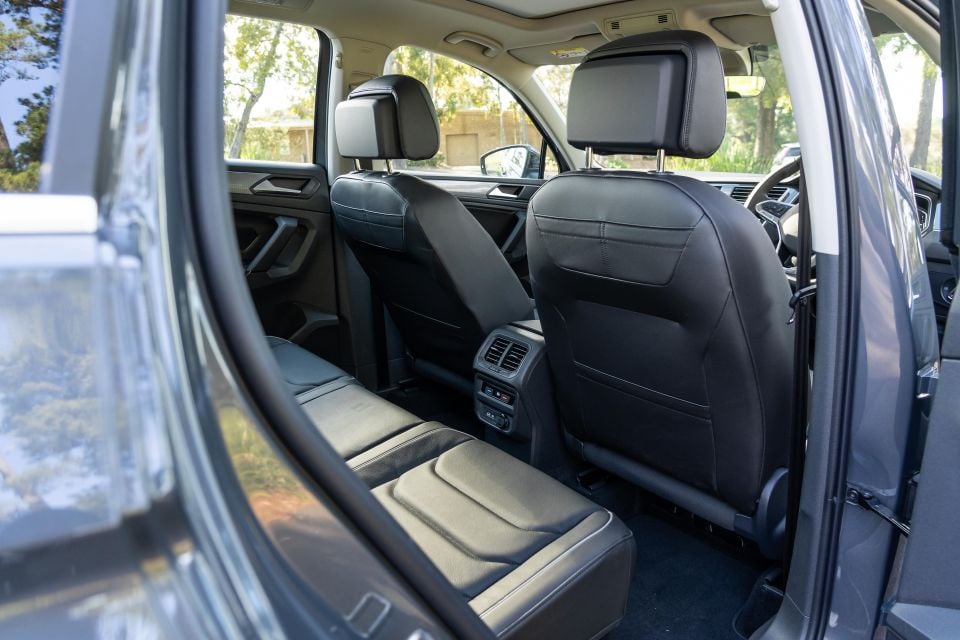
Rear seat space is good, despite the Tiguan’s compact-ish looks. There’s room for average-height adults behind average-height adults, with plenty of legroom.
It’s rare, but the sunroof in our tester didn’t ruin headroom back there either.
Although both cars have rear vents, only the Volkswagen has its own temperature controls back there. It also gets a USB-C port and 12V outlet for charging.
There’s a fold-down central armrest with cupholders, deep door pockets, phone holders and map pockets on the seatbacks, and the usual three top tether/two ISOFIX child seat restraints.
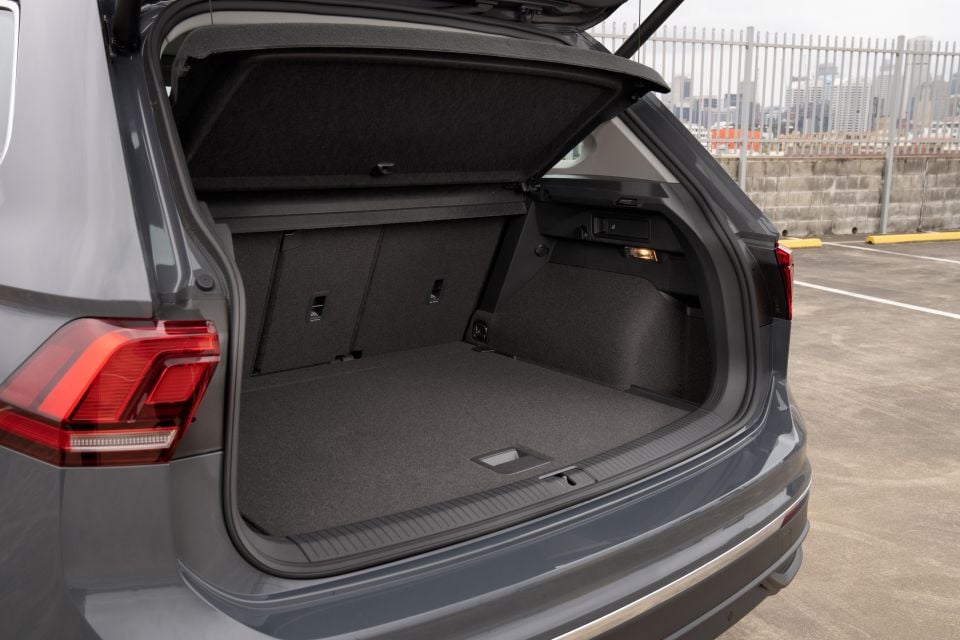
The seats fold 60/40 and pack a central ski port, expanding the 615L boot to 1655L.
It’s worth noting that 615L figure is slightly misleading – it’s achieved with the sliding rear bench in its furthest-forward position and the boot floor lowered, so you don’t have a fully flat load bay.
It’s not ridiculous to assume some owners will use their cars set up that way, but it’s not conducive to legroom.
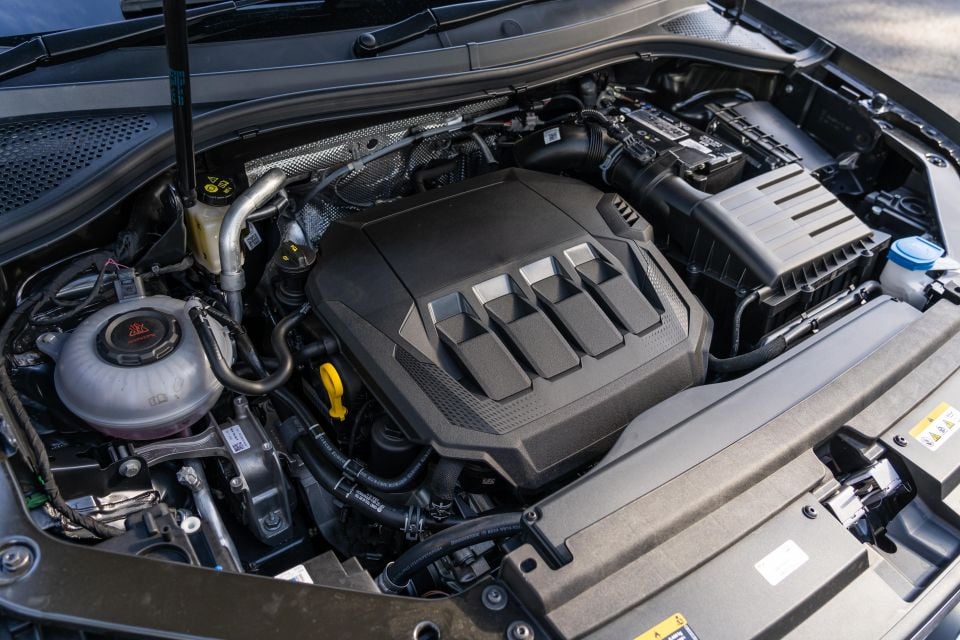
Power in the 132TSI comes from a 2.0-litre four-cylinder turbo petrol with 132kW of power and 320Nm of torque, mated with a seven-speed dual-clutch transmission.
All-wheel drive is standard with this engine, and claimed fuel economy is 8.8L/100km on the combined cycle.
The Tiguan has a 60L fuel tank and drinks 95 RON premium unleaded fuel.
A less powerful 1.4-litre engine with 110kW/250Nm and front-wheel drive is offered with the Life grade, while Volkswagen also has more powerful 2.0-litre petrol and diesel options higher in the range.
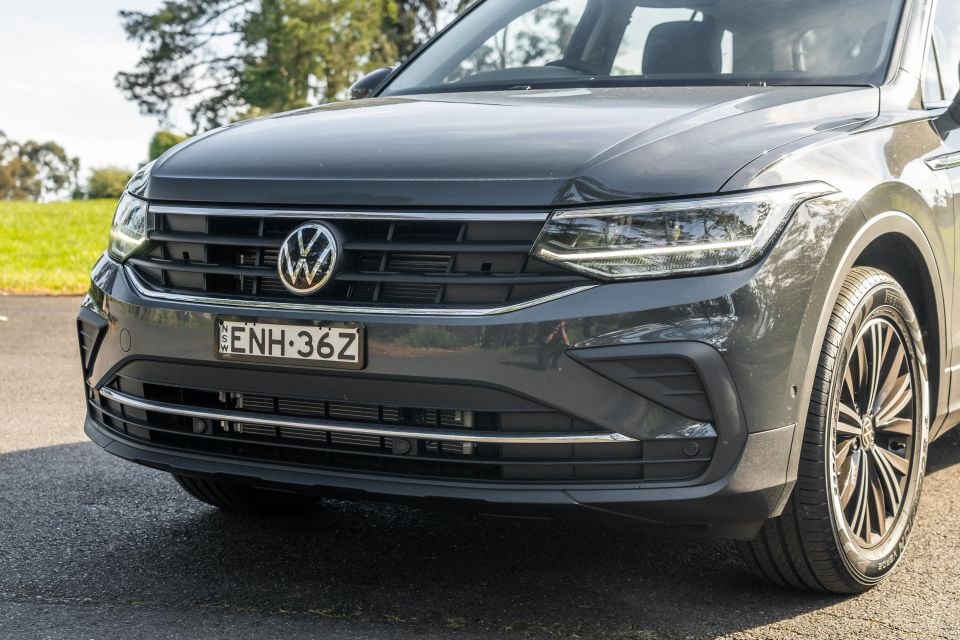
The Tiguan feels like an overgrown Golf, which can only be a good thing.
The engine and transmission are excellent. Volkswagen has the 2.0-litre turbo engine down to a fine art by now, and uses the motor from the Tiguan in a huge range of guises across its brands.
Lean on the throttle and it pulls smoothly from just off idle, push a bit harder and it never feels strained or overworked.
Having more power is never a bad thing, and it’s easy to understand the appeal of the 162TSI, but you’ll never really need more than the Tiguan 132TSI has to offer.
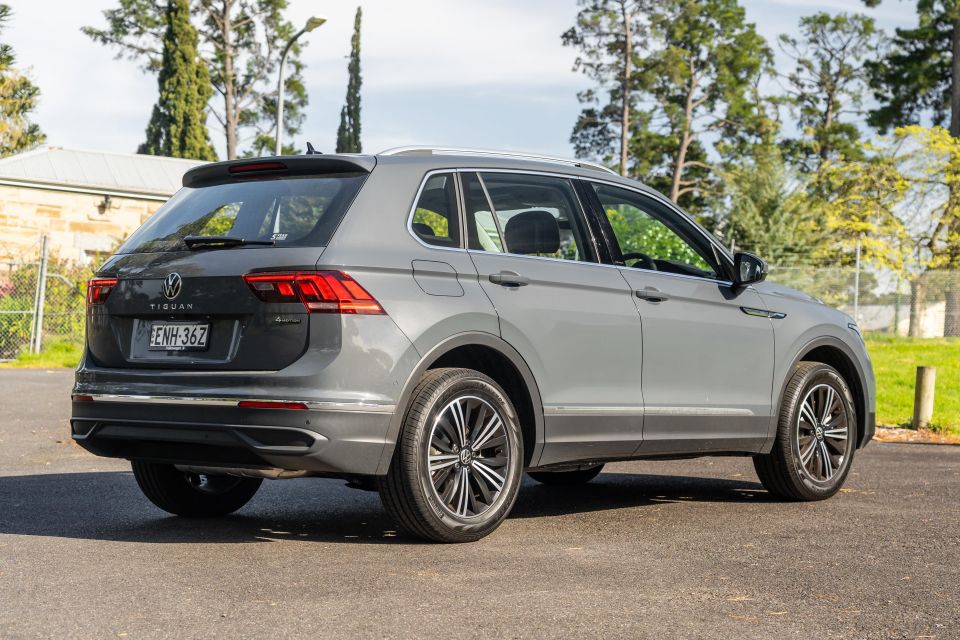
Volkswagen has subbed the dual-clutch transmission in its Golf hatchback for a more conventional torque converter, but the Tiguan keeps its DSG for 2022.
It’s not quite as smooth as an old-fashioned slushbox off the mark, but the dual-clutch in the 132TSI isn’t all that far from it – no doubt aided by the fact the car doesn’t have idle start/stop to trip it up.
The super crisp, snappy feeling that’s characterised Volkswagen Group cars since the advent of the DSG is there, and gives you plenty of reason to knock the shifter into Sport, or take charge with the paddles.
The rest of the drive is similarly polished. 18-inch wheels aren’t small, but they’re small enough to leave space for chubby rubber in the Tiguan’s arches. The result is a car that rides brilliantly in the city.
It irons out bumps and potholes impressively, but without sacrificing the tied-down, sporty feeling buyers have come to expect from a German crossover. Sure, the wheels on the R-Line are sexier, but the 18s on the Life make for a better car.

You don’t need adaptive dampers and a million drive modes when the basic setup is good, and this basic setup is excellent.
The steering strikes a perfect balance between being light and easy to twirl at city speeds, and being heavy enough to inspire confidence on the highway.
It’s the consummate all-rounder, the Tiguan, there’s very little it won’t do.
With that said, it’s not perfect. There’s a bit of wind noise on the highway, and the transmission is a bit too keen to shift up on light throttle loads, which somewhat neuters the engine.
It can be overcome by hitting the accelerator harder, but sometimes the DSG feels like its deliberately holding you back to save fuel.
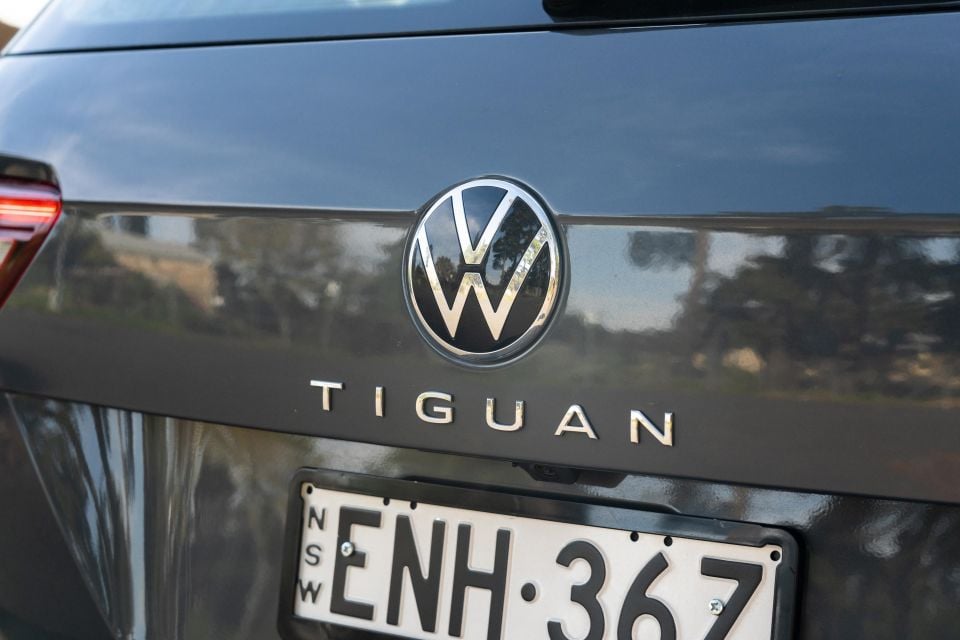
Where expert car reviews meet expert car buying – CarExpert gives you trusted advice, personalised service and real savings on your next new car.
The Tiguan is covered by Volkswagen Australia’s five-year, unlimited-kilometre warranty.
There’s also roadside assistance, which is renewed each time you service your Tiguan at a participating Volkswagen dealer for up to 10 years.
Volkswagen offers capped-price servicing and inclusive service packages – the latter available in three- and five-year variants. A three-year pack will set you back $1500 upfront, five years costs $2500.
Maintenance is required every 12 months or 15,000 kilometres, whichever comes first.
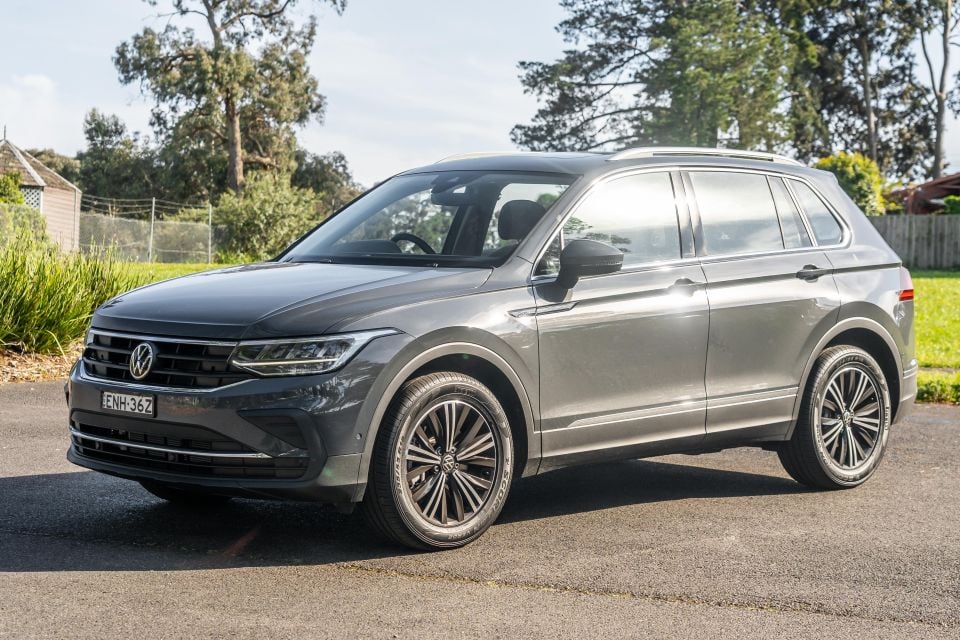
The traditional strengths of the Tiguan remain, even four years after its launch.
It’s still a refined, premium-feeling mid-sized SUV with a punchy engine and a surprisingly spacious interior.
Its drive remains excellent and the interior technology is solid but not standout, especially when you consider rivals (along with the Tiguan R-Line, and the latest Golf) now pack bigger, flashier screens and faster infotainment systems.
This is all the Tiguan you’ll ever need, especially with the Luxury Pack.
Is it all the Tiguan you could ever want? That’s not quite as clear cut. The price of our Luxury Pack-equipped tester is just shy of a more generously-equipped, more powerful 162TSI Elegance.
Given it’s less than $3000 extra and has even more luxuries, that’s where my money would be going.

Click the images for the full gallery
Where expert car reviews meet expert car buying – CarExpert gives you trusted advice, personalised service and real savings on your next new car.
Scott Collie is an automotive journalist based in Melbourne, Australia. Scott studied journalism at RMIT University and, after a lifelong obsession with everything automotive, started covering the car industry shortly afterwards. He has a passion for travel, and is an avid Melbourne Demons supporter.


Damion Smy
7 Hours Ago


Damion Smy
10 Hours Ago


Damion Smy
11 Hours Ago


Matt Robinson
14 Hours Ago


Damion Smy
14 Hours Ago


Damion Smy
1 Day Ago